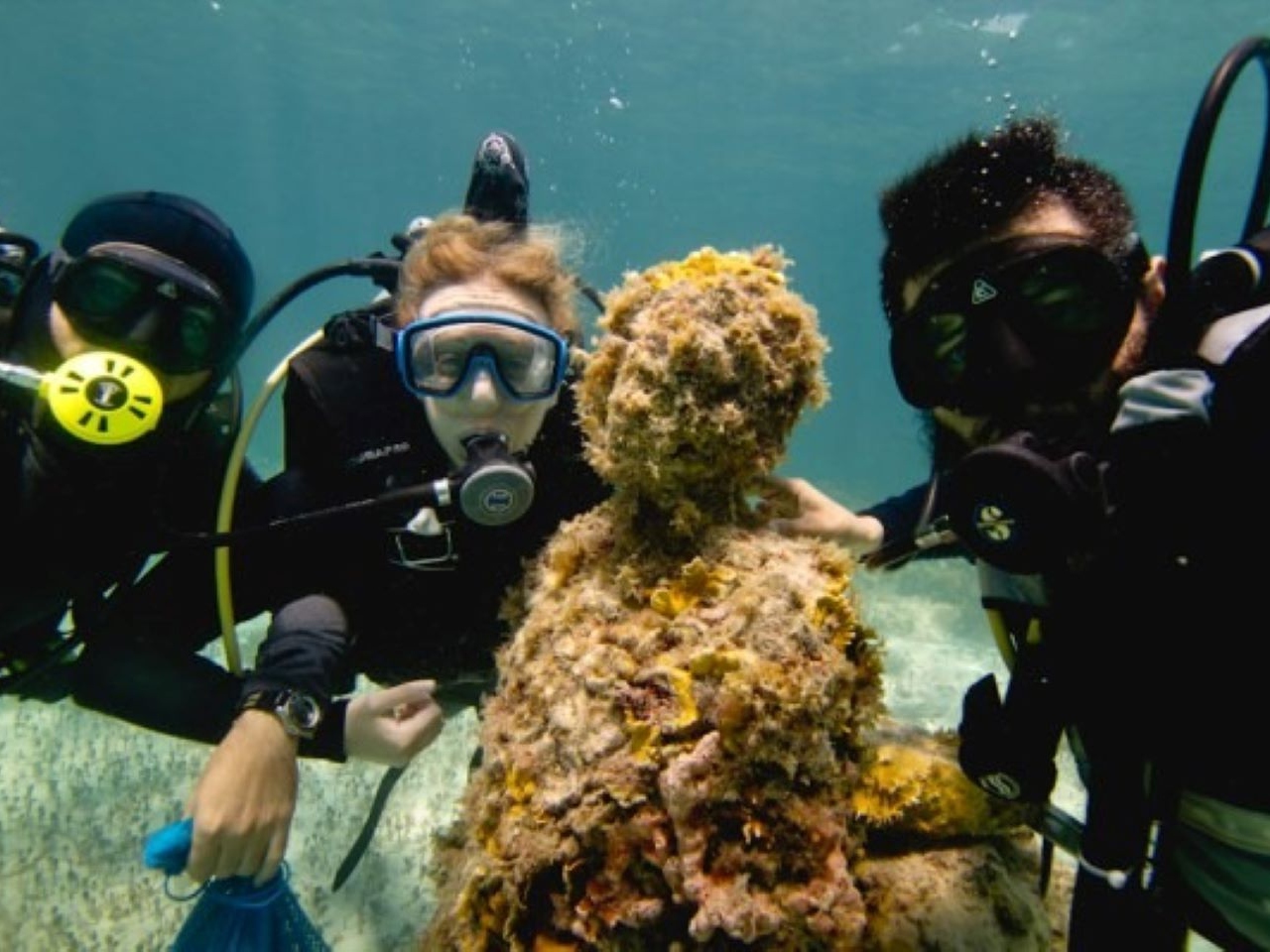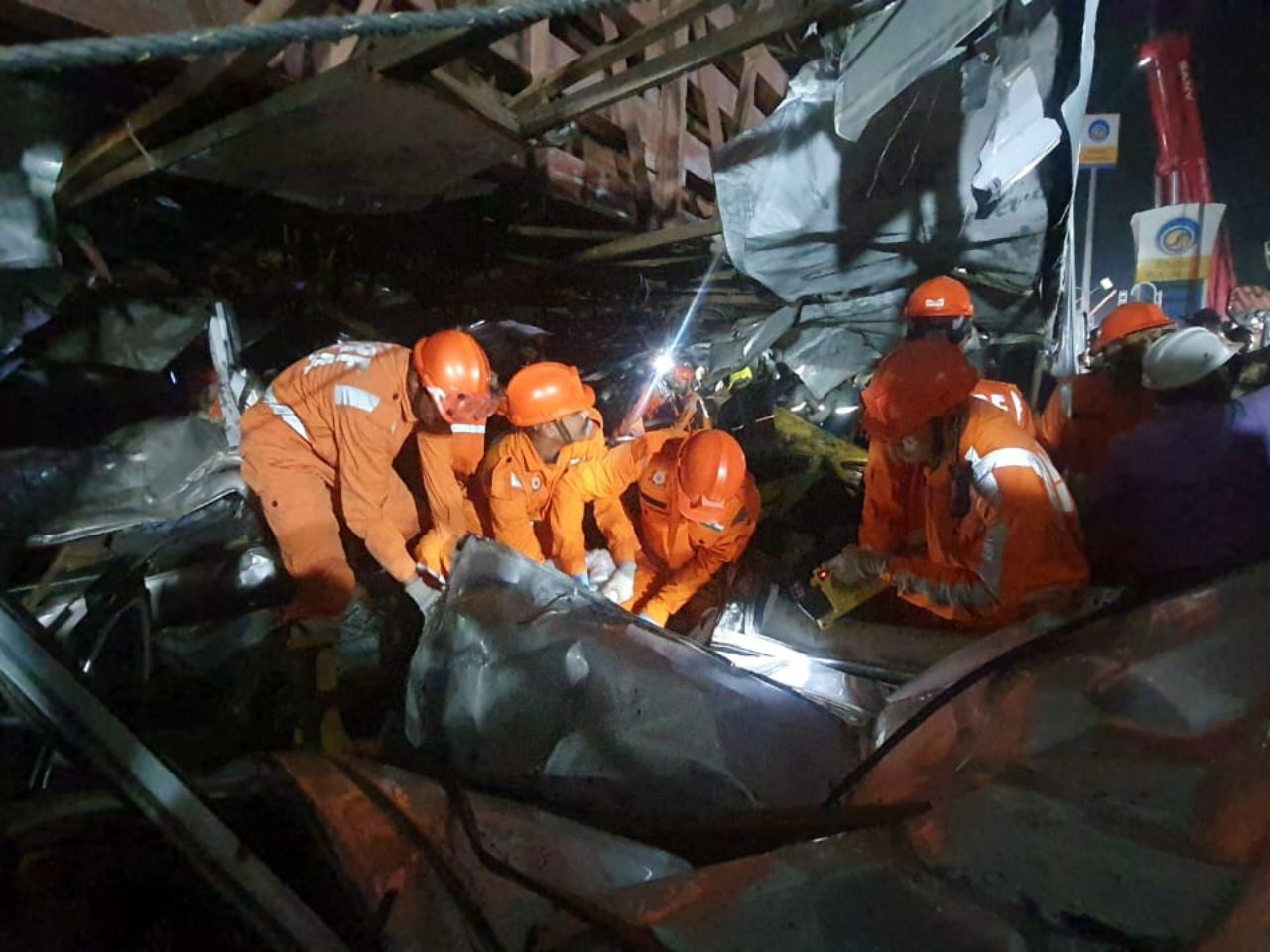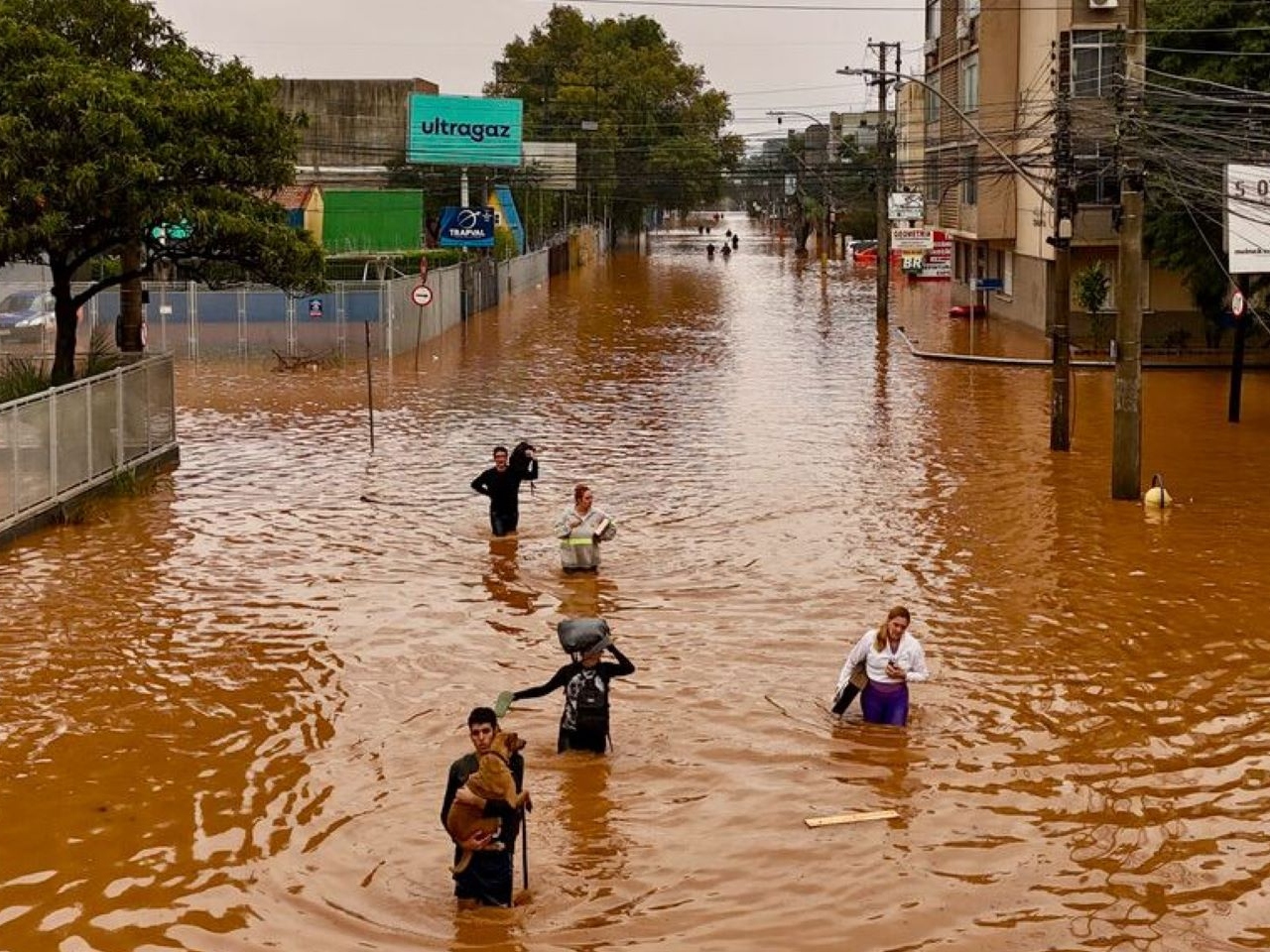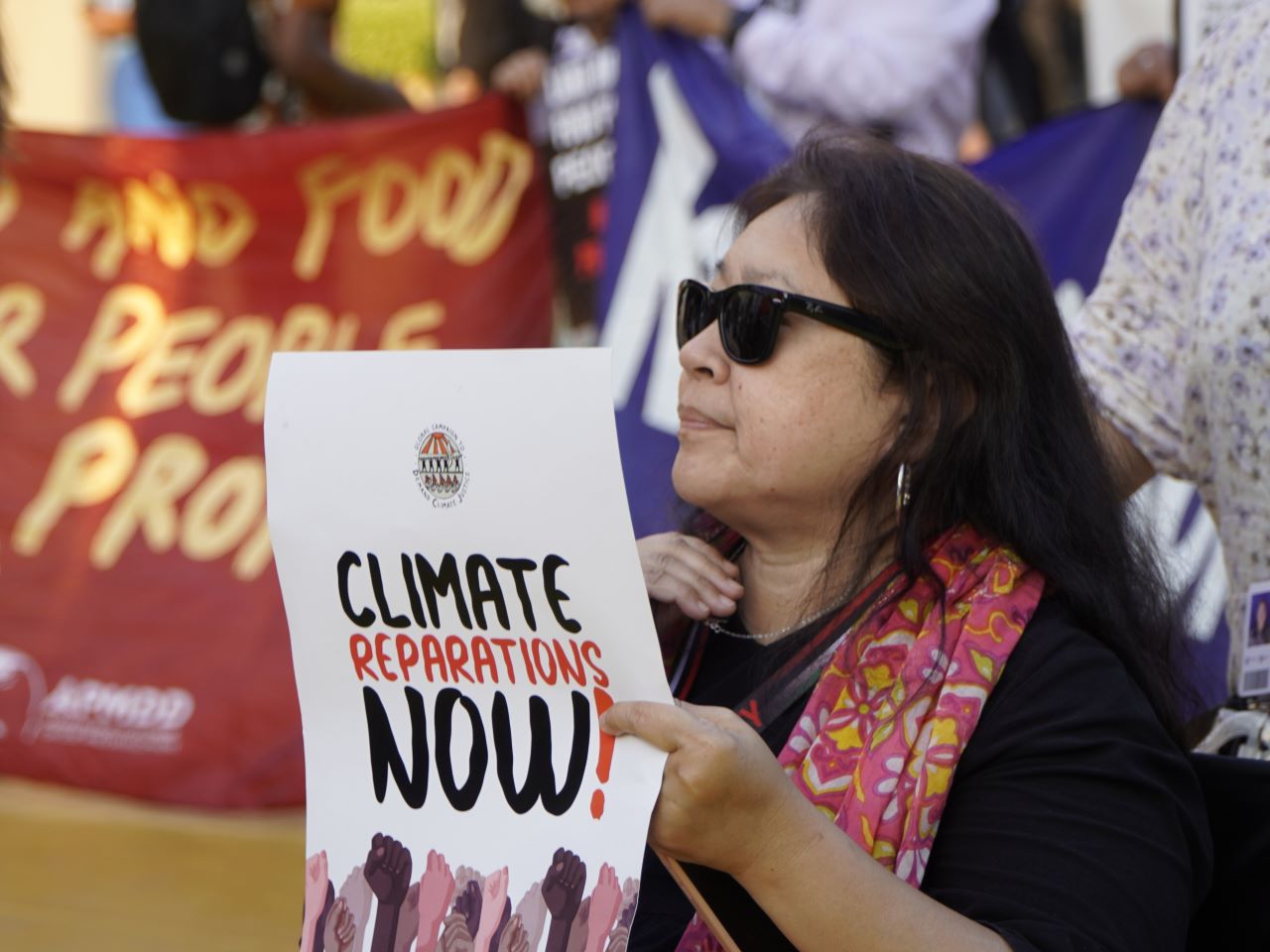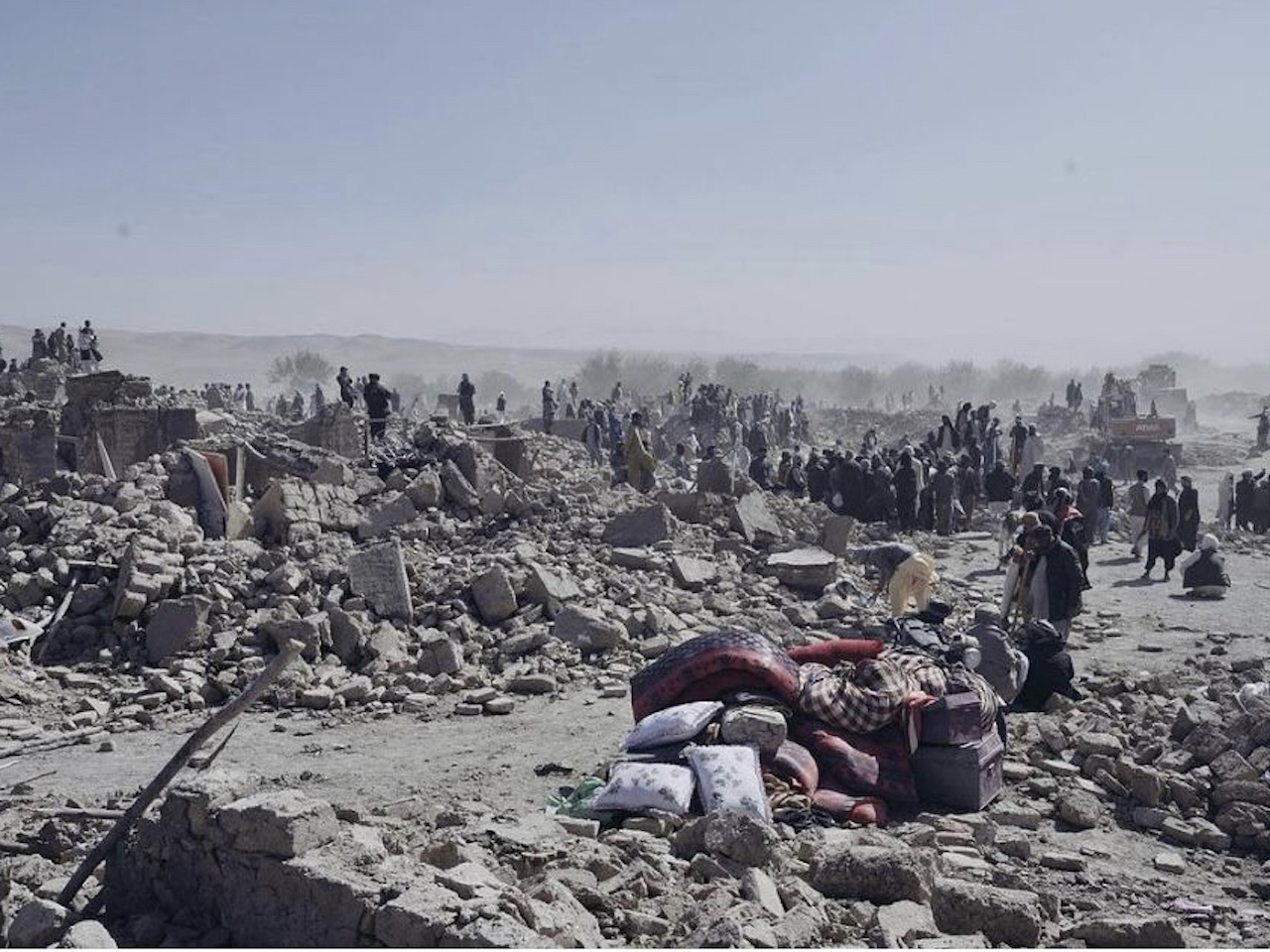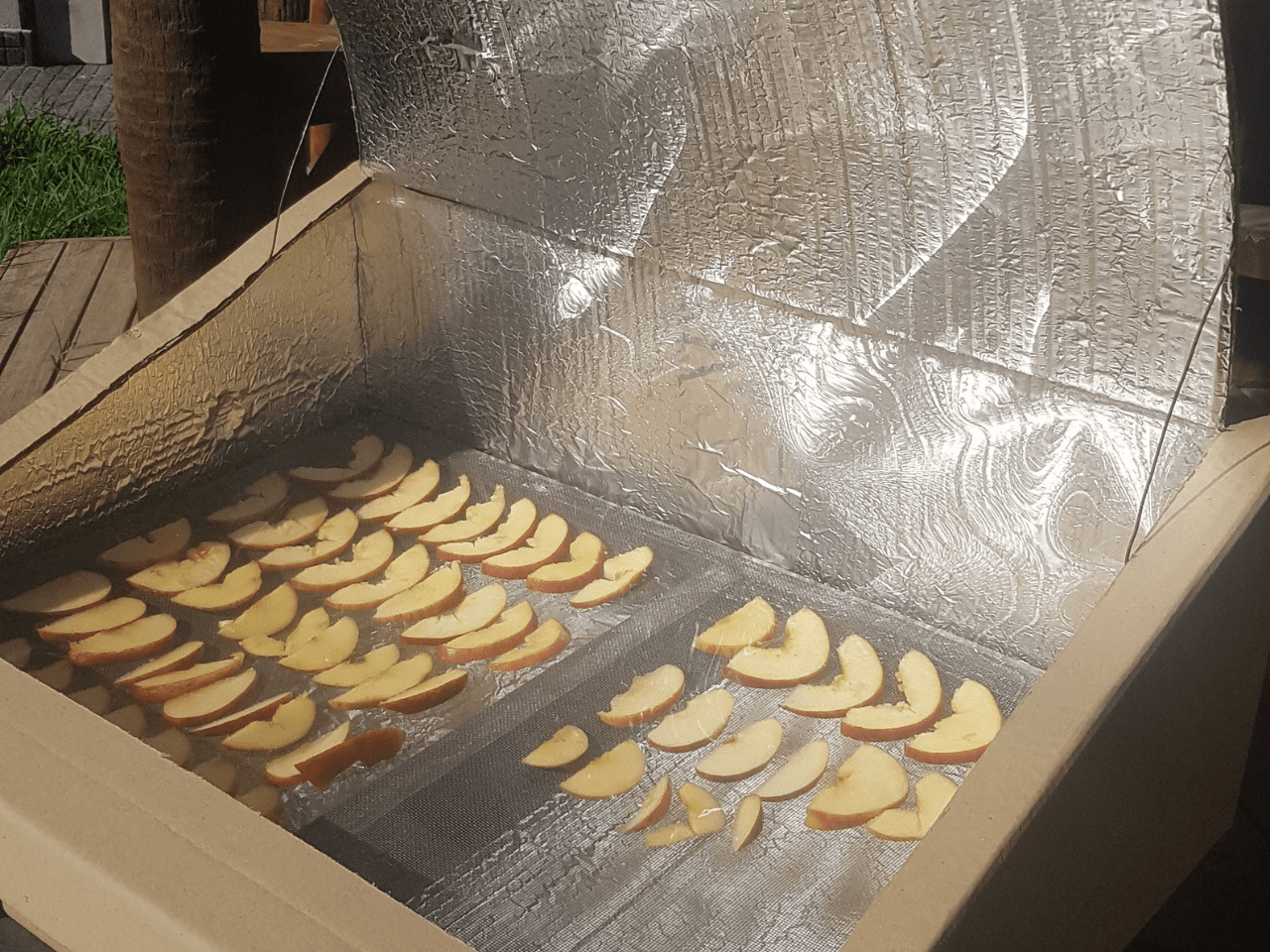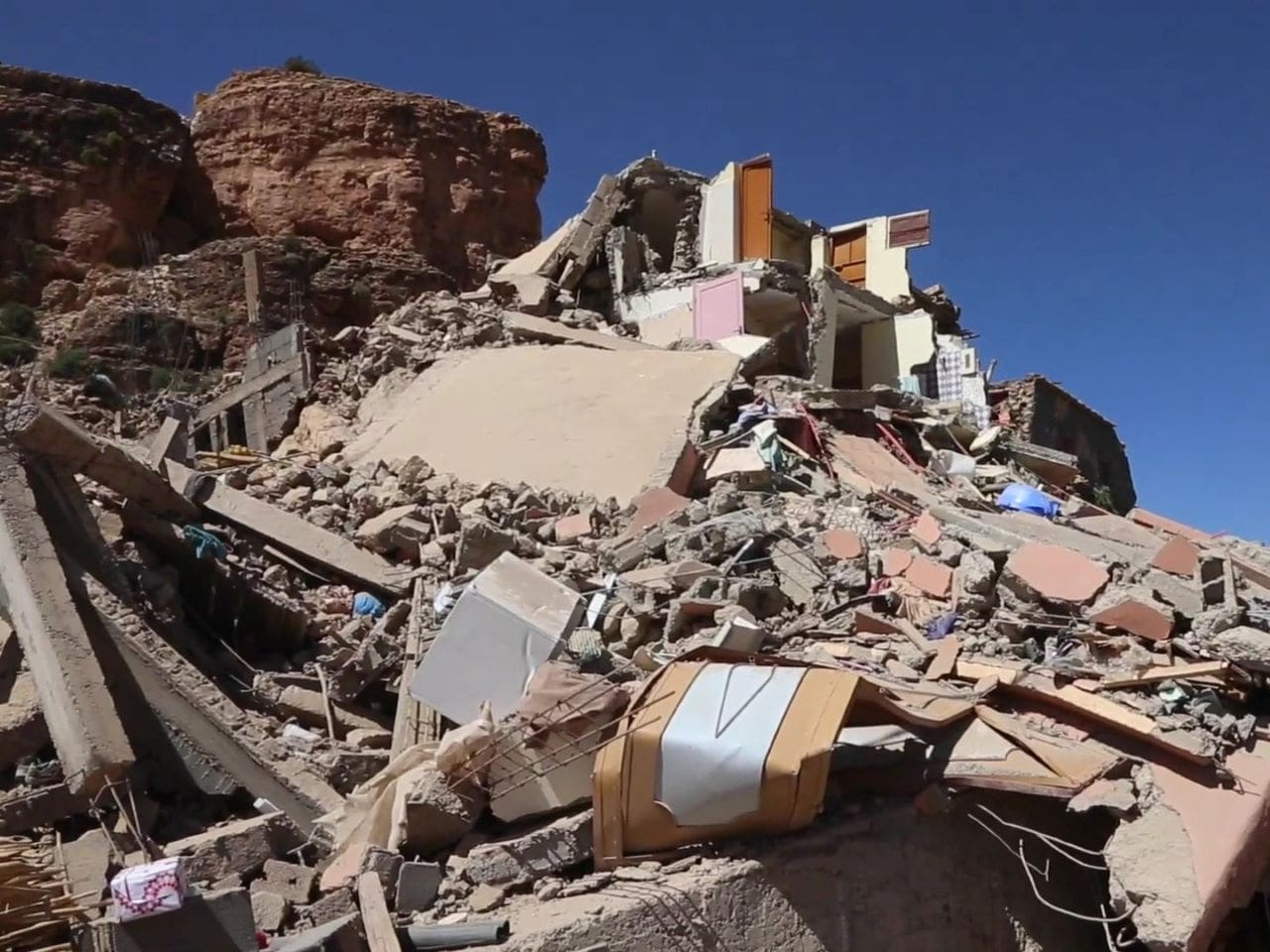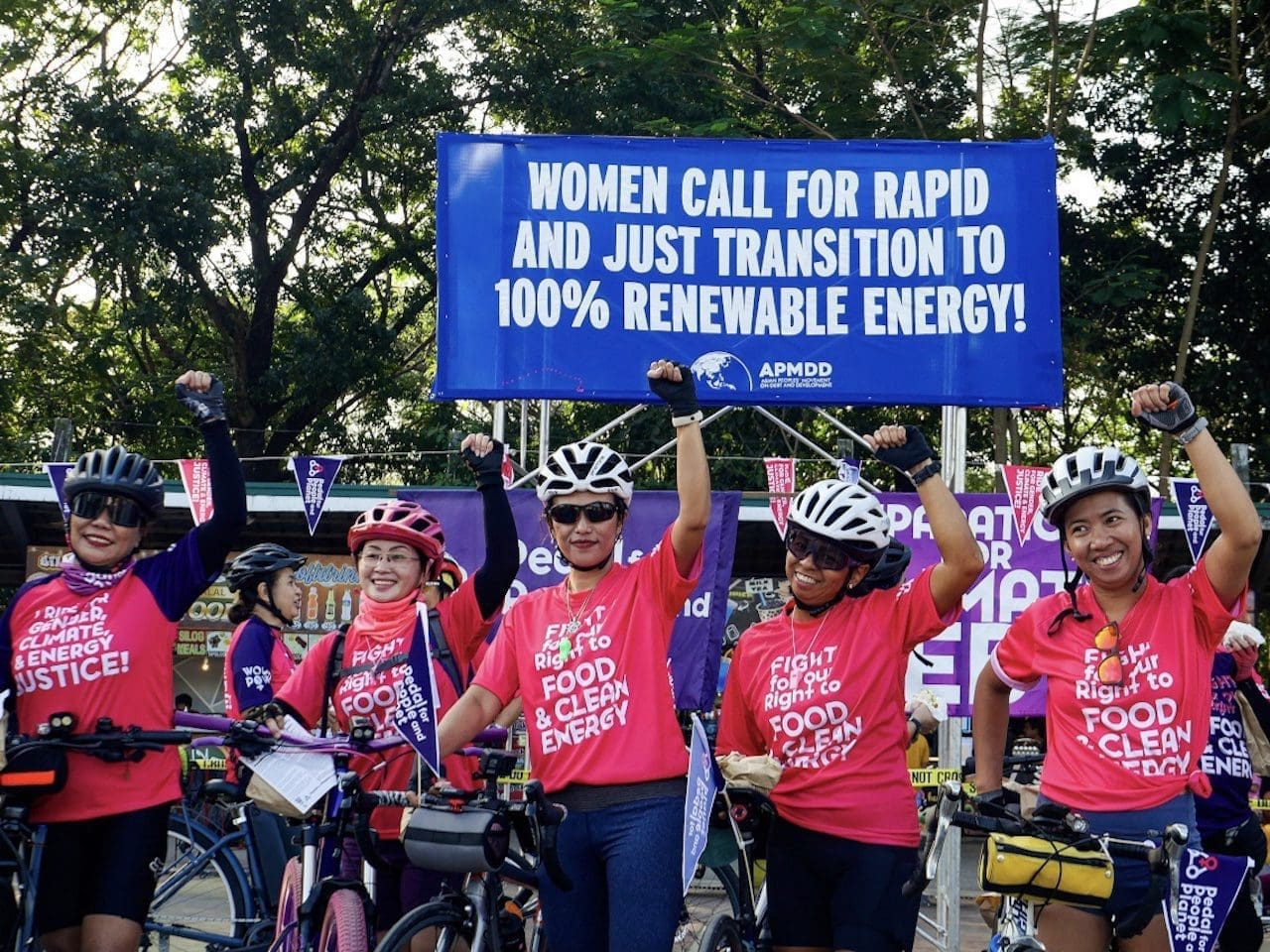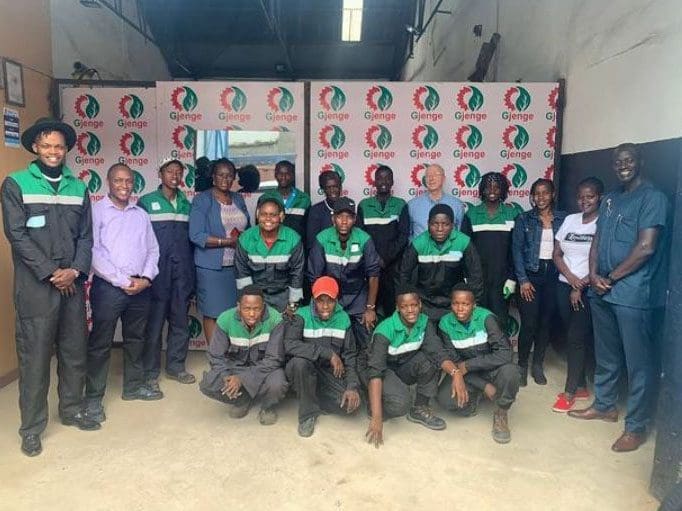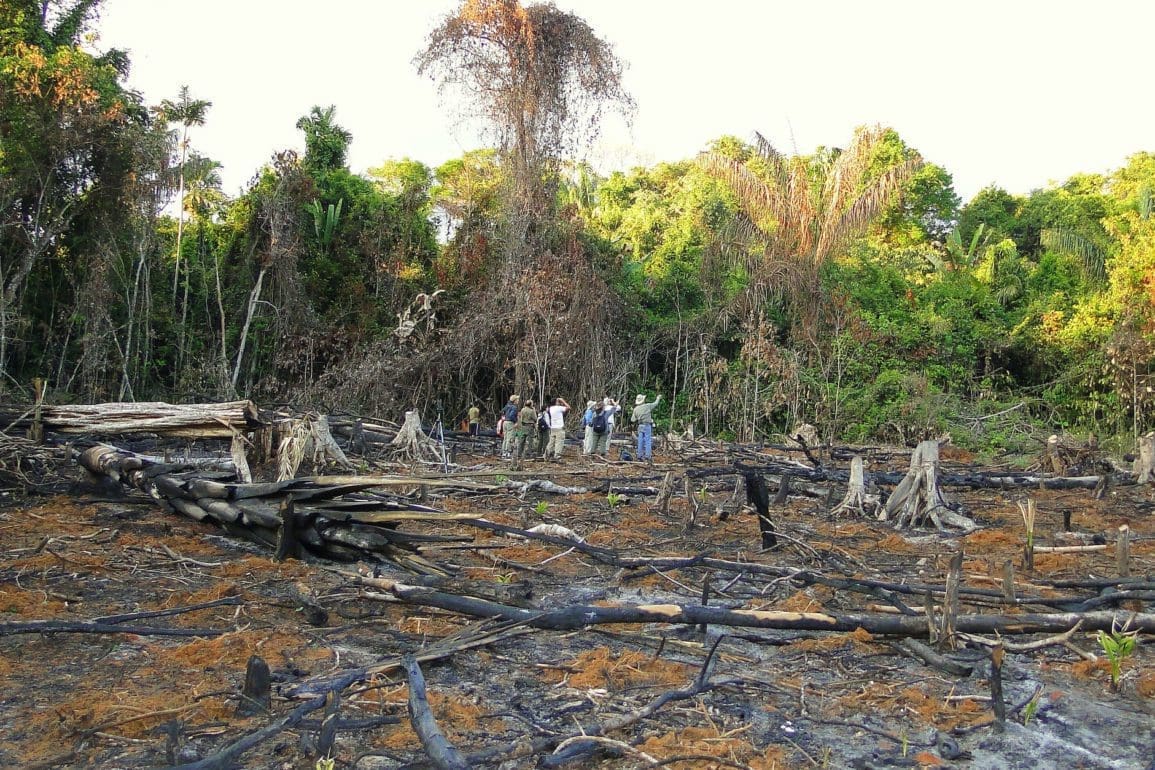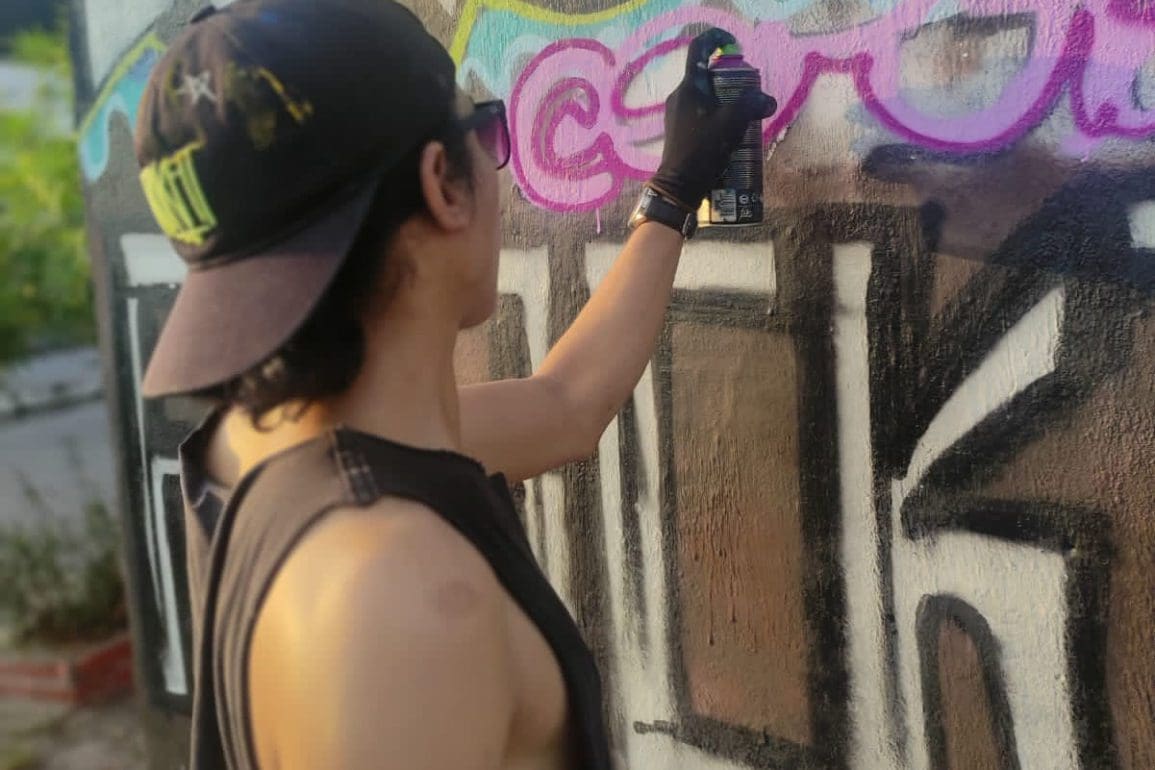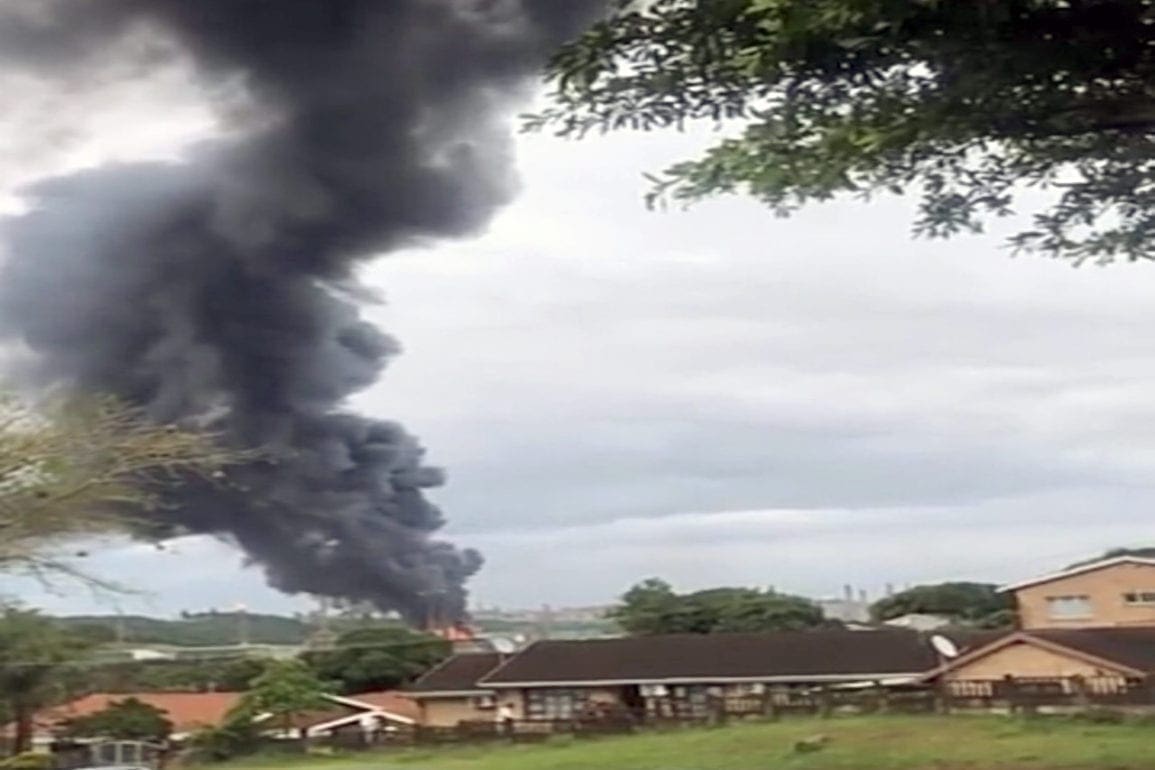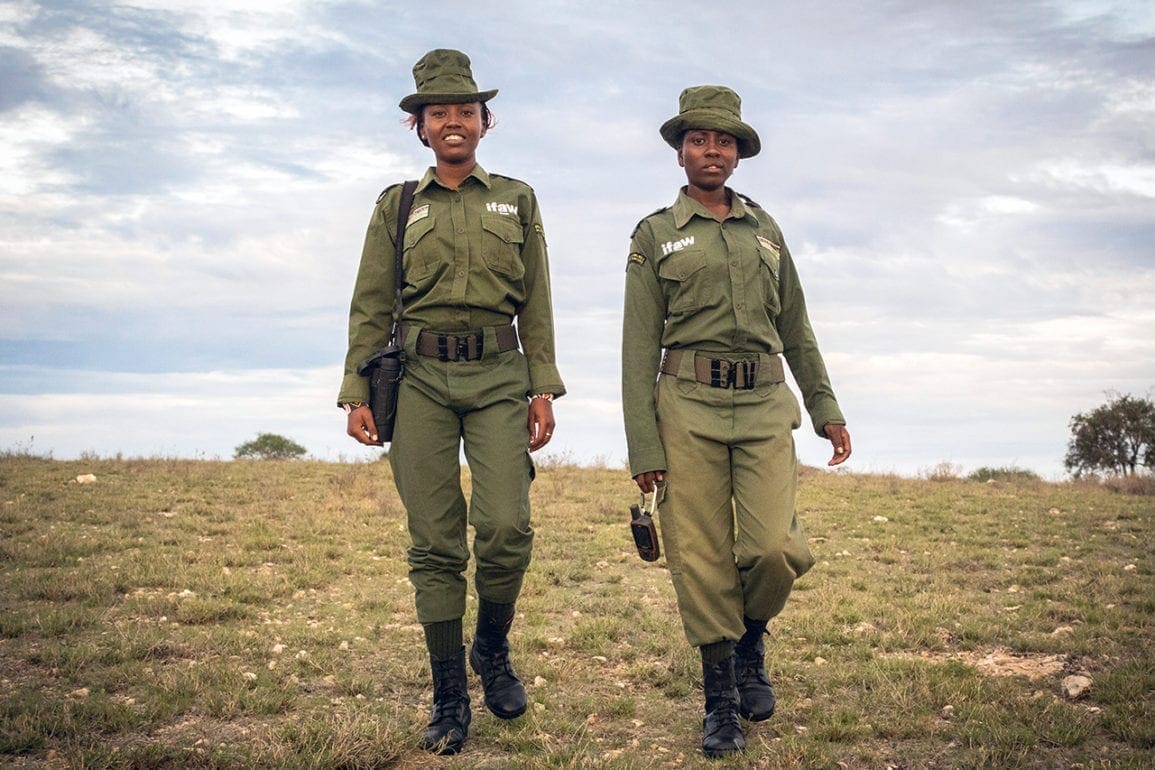Cyclone plague devastates Mozambique region
I stood in front of my home, looked at the caved-in walls, and the collapsed roof for a second time.
- 5 years ago
March 1, 2021

BEIRA, Mozambique — I stood in front of my home, looked at the caved-in walls, and the collapsed roof for a second time.
Imagine what it feels like to fight for survival in a rage of surging water while watching your helpless baby scream frantically and, after all that, realize you’ve lost everything. That all transpired during cyclone Idai two years ago, yet here I am again, traumatized by another cyclone. Here I am again, hopeless over destruction.
My low-lying coastal home received the first impact of the disastrous weather. Gale force winds left thousands of homes damaged, while people battle hunger due to lost crops. Cyclone Idai may have been Africa’s deadliest tropical storm. Nonetheless, Eloise’s prolonged heavy rains were not short on destruction.
Here’s the story of my gruesome experience and battered home in Beira: the sinking city in Mozambique.
Worst experience of my life
I work hard in the transportation industry, but I had been home a couple of days before the peak of the storm because of restricted movement. Though wet and untelling, I had enjoyed the sanctuary brought by a couple of days of rest in my old coastal home in Dasha at the center of Beira.
After days of heavy rain, all havoc broke loose.
Cyclone Idai was the deadliest cyclone and the worst experience I have ever lived through in my life. I still find it hard to discuss. While storms are frequent in Mozambique, this had been the first severe storm in Beira.
I was alone with my baby on that day. My husband was 17 hours away in Maputo. He was working there and was heading to Beira. He booked a quick bus trip that would see him home that day, but the weather had other plans. He couldn’t come. So, alone at home, I braced what was to come.
The sky turned grey and the winds intensified as a vast mass of water began to accumulate. People were screaming. I sat in the dark with my son, who was still a baby at the time.
My son cried all night. I don’t like to remember it. You can’t imagine looking at your baby distressed and not being able to do anything about it. Our lives were at risk.
In my home, tiles unraveled and shifted from one end of the floor to the other. I recall plates, chairs, and furniture sliding across the rooms. At about seven or eight at night, the roof of my house started to collapse. At the same moment, my mother called to see if I was safe with my baby. I said no and planned to leave the house to take shelter inside my car in the garage under the building. The telephone network was oscillating, and I could only hear my mother say, “I’ll come and get you.”
Shattering glass
As I awaited her assistance, all I heard was the sound of shattering glass from neighboring homes and shops. My distress heightened, and I had to do something to save us. I tried to run out of the house, but I could not access the door. I was screaming for help, and my neighbor heard the cries and broke into my home. At that time, most of my neighbors had already left their houses because their roofs were also collapsing.
My neighbor, my baby, and I then left to my car as we had thought that maybe it would provide better shelter. My neighbor tried to shelter me inside the car, but the wind was so strong that I could feel the car being ripped apart.
In the car, we were more exposed to the strong winds and treacherous rains. I recall the neighbor who had come to assist me running out into the streets to find solutions. He was trapped as trees were uprooted and blocked the roads.
Time to go
I felt the obligation to leave the car with my son to join our neighbors in another building’s corridor.
At this point, my parents were the only ones who could come and save us. They were risking their lives to save us. When they arrived, a slight sense of relief fell upon me. However, the drive to my parent’s home was difficult. Trees had been uprooted and crossed the roads as the wind and heavy rain battered the vehicle. We took about two to three hours on the street looking for an exit to get home. But thank God everything went well.
When I went to view my home a few days later, I could see that the storm destroyed everything. Water had infiltrated my house. My home wasn’t the only place that was destroyed. Everything in my community was down to shreds. I looked onto the horizon, and saw trees toppled from the intense wind. I can still see the bodies in my mind. Beira lies at the Buzi river’s mouth, and I saw dead bodies wash up onto the beach at Beira from the village of Buzi. Days after the turmoil, I could still smell the dead bodies and animals.
For several days, the entire community was without light, cell reception, potable water, and food. And as time passed, local supermarkets lacked a food supplier and remained empty. It was not just physical damage: people got sick. There had been an outbreak of diarrhea due to the contaminated water. Authorities advised us to treat the water with chlorine, and this helped a lot.
In short, I lost everything and had to start from scratch.
Unexpected setback
It’s been nearly two years since I experienced the treacherous Cyclone Idai. I managed to rebuild my home, yet here I was engulfed by another devastating storm. There was a weather alert from the government. My family and I had expected heavy rains that would progress to flooding and would leave devastation in its wake. Because I have lived through previous storms, I kicked in an action plan.
When Cyclone Eloise began on Jan. 22, I gathered my family, and we decided to move our belongings to preserve them as much as possible from the water damage. I covered all the furniture in plastic sheeting and put a few things away in storage.
Later that day, the Cyclone brought strong winds and consistent rain. The rain, however, began to concern me. I was afraid my family and I would be exposed to the elements and would be swept away. I remembered how strong winds and heavy rain blew off my roof during my ordeal with Cyclone Idai and the uneasiness compelled me to exit my home.
At around 5 p.m., I called my mom and had decided it would be a better option to seek refuge at my mother’s home 2 kilometers from where I lived and less affected by the coastal conditions. My mother’s home is also far from the beach and is on higher land rather than my coastal home, which is at sea level. Homes feature weather-resistant material, and the infrastructure of that area is improved. When we left the house, the rain was moderate.
Storm advances
At 7 p.m., a couple of hours after we arrived at my mother’s home, everything took a turn for the worst. The storm had advanced to a critical stage, and the rain intensified. It was a scary ordeal. However, we were in a safer place. But I knew I would find severe damage when I returned home.
On Jan. 23, I went home to see the extent of the damage. It made my stomach churn. I would have to rebuild again.
Due to Cyclone Eloise’s strong winds and heavy rain, some parts of my building had collapsed. Elements of my roof were left destroyed and water flooded the house. Upon inspection, I knew we could not live there, so my family and I were once again forced to leave and seek refuge at my mother’s house for two weeks.
I am now back at home as I have managed to repair much of the damage.
As I moved through Beira’s streets, I saw that my home was less affected than others in Beira.
The most devastating thing is that, when I walked through my city before Cyclone Eloise, I could still see my neighbors had not recovered from Cyclone Idai. Debris covered the homes, and after cyclone Eloise, the wear and tear to their homes became far more visible than before.
We are also now plagued by a scarcity of good-quality food. However, I am in the city, and life has seemingly returned to normal. There are still damages to grapple with, but unlike my close suburban community, for them, access to food and shelter has become a humanitarian crisis.
Fear of the future
I love my community. I can’t contemplate living outside Beira because there won’t be many options for me. All my life is in Beira, my work is here, my family is here, and I can’t bear the thought of leaving all that.
However, I can’t deny that I fear the next storm and that I am not ready for it. Although I have the option to leave my house and stay at my parent’s house, the fear of devastation lingers less. I have decided to build a safer home in Beira. I hope it can withstand a storm.
I look onto Beira, Mozambique’s worst cyclone-affected city, and it appears to sink with every day that passes of every new storm.































